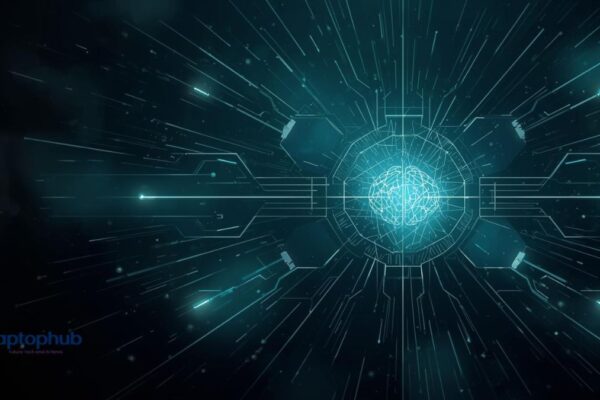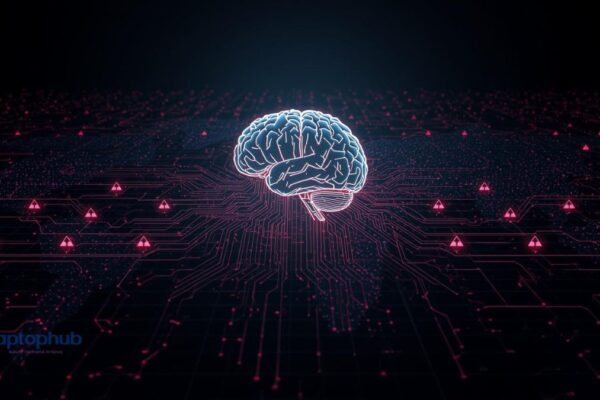Elon Musk has pledged $1 million through his foundation to fund AI-powered archaeology projects focused on the Roman world—including AI scanning, drone mapping and 3D modelling of ancient sites—to help write “a new history book” based on data rather than traditional narrative.
Musk Channels AI Into Ancient-Rome Research
Rome — At an awards ceremony hosted on Rome’s Capitoline Hill, Elon Musk announced that his charitable foundation will allocate $1 million to support a set of projects combining artificial intelligence, drones, 3D scanning and archaeological research focused on the classical world. According to the Endeavour, the initiative—run under the banner of the Expandere Conscientiae Lumen Prize and organized by the American Institute for Roman Culture—will invite teams from Italy, Tunisia, Morocco, Albania and other regions once part of the Roman sphere to apply cutting-edge tech to uncover lost details of Roman civilization.
Musk declared his fascination with Rome and its heritage, saying “I am interested in history and Rome constitutes a large part of the history of Western civilization.” He added that AI offers the power to fill in gaps in the historical record and build “a new history book based entirely on ancient material and archaeology.”
What The Funding Will Support
The fund will back initiatives that apply technology in several ways:
- Creating high-resolution 3D models of Roman and Greco-Roman sites (such as in Jordan) using drone-based photogrammetry and LiDAR scanning.
- Analyzing ancient pigments and geological markers (notably in sites such as Pompeii) to reconstruct trade networks, transportation paths and supply chains of the Roman era.
- Digitally documenting vulnerable archaeological remains threatened by climate change, erosion or lack of resource, to ensure that detailed records exist for future research and public access.
Researchers involved have emphasized that the combined use of AI and digital heritage tools can compress research cycles, reduce manual error and expand the depth of interpretation. One archaeologist noted that tasks once taking years may now take months with the right tech.
Why It Matters
This initiative signals a broader shift: rather than focusing solely on traditional excavation and manual interpretation, the field of archaeology is increasingly embracing generative AI, data modelling and remote sensing to map, decode and visualize ancient civilizations. By injecting private funding into high-tech cultural heritage projects, Musk is helping accelerate this transformation. Furthermore, as Roman heritage spans many modern states and global interest in classical archaeology continues to grow, the initiative may influence how historical narratives are formed, accessed and taught.
What To Watch
- Will the funded projects deliver publicly accessible models, data or visualisations (for example via open-access portals) that reshape how Roman history is explored or taught?
- How will the academic and heritage communities respond—will traditional archaeological methods adapt, resist, or hybridise with these emerging digital approaches?
- Are there risks or criticisms—such as technological hype, questions of bias in AI modelling of heritage, or issues in who controls or monetises the digital reconstructions?
- Will this funding drive further philanthropic investment into tech-augmented archaeology, beyond Roman sites—into other civilizations and heritage contexts globally?





